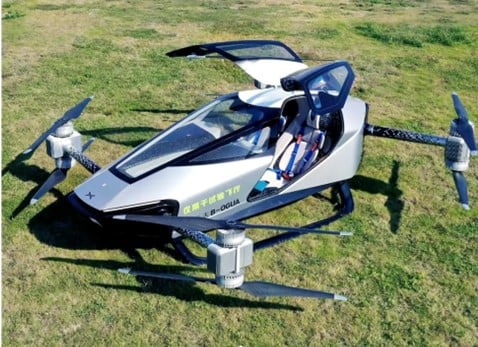[…]
AMD’s client PC sales also dropped dramatically—a whopping 51 percent year-over-year—but the company managed to eke out a small profit despite the sky falling. So why aren’t CPU and GPU prices falling too? In a call with investors Tuesday night, CEO Lisa Su confirmed that AMD has been “undershipping” chips for a while now to balance supply and demand (read: keep prices up).
“We have been undershipping the sell-through or consumption for the last two quarters,” Su said, as spotted by PC Gamer. “We undershipped in Q3, we undershipped in Q4. We will undership, to a lesser extent, in Q1.”
With the pandemic winding down and inflation ramping up, far fewer people are buying CPUs, GPUs, and PCs. It’s a hard, sudden reverse from just months ago, when companies like Nvidia and AMD were churning out graphic cards as quickly as possible to keep up with booming demand from cryptocurrency miners and PC gamers alike. Now that GPU mining is dead, shelves are brimming with unsold chips.
Despite the painfully high price tags of new next-gen GPUs, last-gen GeForce RTX 30-series and Radeon RX 6000-series graphics cards are still selling for very high prices considering their two-year-old status. Strategic under-shipping helps companies maintain higher prices for their wares.
[…]
AMD isn’t the only one doing it, either.
“We’re continuing to watch each and every day in terms of the sell-through that we’re seeing,” Nvidia CFO Colette Kress said to investors in November. “So we have been undershipping. We have been undershipping gaming at this time so that we can correct that inventory that is out in the channel.”
Since then, Nvidia has released the $1,200 GeForce RTX 4080 and $800 RTX 4070 Ti, two wildly overpriced graphics cards, and tried positioning them as enthusiast-grade upsells over the RTX 30-series, rather than treating them like the usual cyclical upgrades. AMD’s $900 Radeon RX 7900 XT offers similarly disappointing value and the company recently released a blog post also positioning its new GPUs as enthusiast-grade upsells.
[…]
We expect—hope?—that as stocks dwindle down and competition ramps up, sanity will return to graphics card prices, mirroring AMD and Intel’s recent CPU price adjustments. Just this morning, Intel announced that its Arc A750 graphics card was getting a price cut to $250, instantly making it an all-too-rare tempting target for PC gamers on a budget.
Source: AMD is ‘undershipping’ chips to keep CPU, GPU prices elevated | PCWorld

